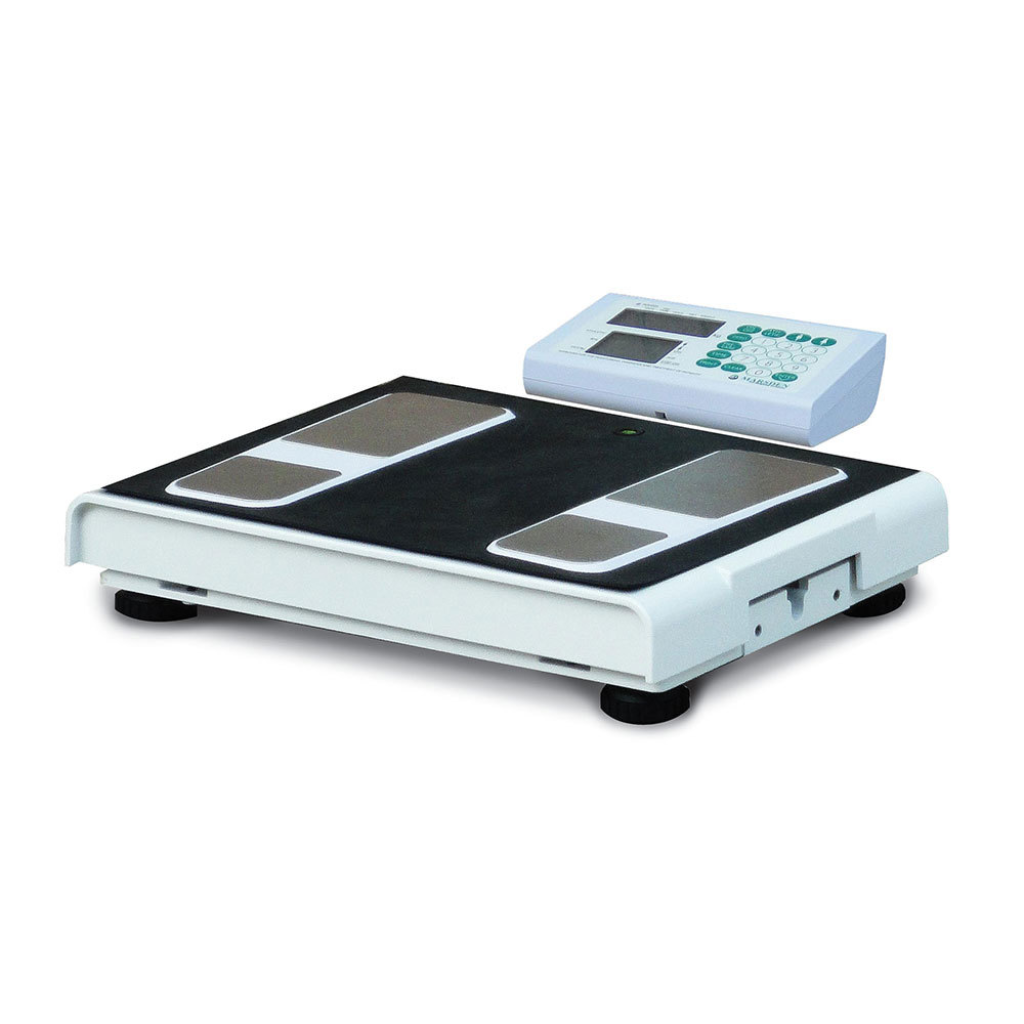What is Phase Angle?

Phase Angle isn’t a common measurement on body composition scales. But if your BIA scale is advanced enough to feature a Phase Angle then it’s a good representation of body health.
Phase Angle is affected by a variety of factors, but generally speaking, it decreases with age and illness and increases when you’re healthy.
What is Phase Angle?
Phase Angle (PhA) makes an assessment of cellular health by examining a cell’s integrity and the amount of water it contains. This can be used to estimate a cell’s health and their level of nutrition.
Generally speaking, the higher the phase angle, the healthier a person is. Whereas, the lower a phase angle, the more at risk a person is. However, it’s important to be aware that certain factors can affect phase angle, such as gender, age, ethnicity, and body height.
Why does your Phase Angle increase?
Doing healthy activities that aim to improve your body’s fitness and health will ultimately increase your phase angle.
This includes things like increasing muscle mass, ensuring you get sufficient sleep and eating healthy for plenty of nutrients.
Why does your phase angle decrease?
Your Phase Angle will decrease if you carry out actions that are damaging to your body. These are essentially the opposite of the points above, such as not eating enough and causing malnutrition.
This also includes things like overtraining and even doing nothing can affect your Phase Angle as it results in loss of muscle tissue. Excessively eating sugar and drinking coffee alcohol can also have a negative impact.
How do you measure Phase Angle?
Body composition scales such as the MBF-6000 use Bioelectrical Impedance Analysis (BIA) to measure your Phase Angle. To work out your Phase Angle, your BIA scale will use something called Impedance.

Impedance is a ratio of your body’s resistance and reactance when plotted and expressed in degrees. This is represented either using a graph or as an angle. Your phase angle should fall somewhere between 1 to 20 degrees.
What is Resistance?
BIA is when a safe, weak electric current is passed through your body. Each part of your body has a different resistance to electricity, so this current can easily assess your body composition.
Lean Body Mass (LBM) encompasses almost everything apart from fat, such as your organs, bones, and muscles. When you have a higher LBM you will have a higher amount of body water, which is a better conductor. Therefore, the current will encounter less resistance as it travels through your body.
On the other hand, if you have a low LBM and a higher fat mass, the current will encounter more resistance.
What is Reactance?
Reactance evaluates how well your cells can contain energy, as healthier cells tend to be able to store the electrical charge for longer.
Therefore if your cells can store energy easily then your body will have a high reactance. However, if your body has a low reactance then it’s not good at storing energy.
Female Phase Angle Chart
Male Phase Angle Chart
What is a healthy Phase Angle?
The most important thing about Phase Angles is not to compare your phase angle to someone else's Phase Angle. This is because Phase Angles can be impacted by a number of factors, as mentioned above, so your Phase Angles and someone else’s can differ just because of these initial factors.
Therefore you should only compare your phase angle against your previous phase angle. Generally speaking, if it increases, then that is a good sign. If it decreases, then that’s usually a bad sign.
However, this is not always the case.
An increase in phase angle could be the result of an increase in fat mass. Whereas, a decrease in phase angle could just be a sign of aging. It’s only if it decreases dramatically, that’s when you should worry.
Ultimately you should always look at your body composition as a whole and never look at one specific measurement alone.
Related Products
Further Reading
We brought in professional coach Paul Lloyd Davies, to explain what the Health Score measurement means and why it’s important.
For an explanation of every measurement offered by Marsden’s body composition scales, read our depth guide.
But how do body composition scales work? They use Bioelectrical Impedance Analysis (BIA) to calculate body composition. To find out more about this method of measuring body composition in our blog post: What is BIA?
You can also view our full range of Gym and Slimming scales.